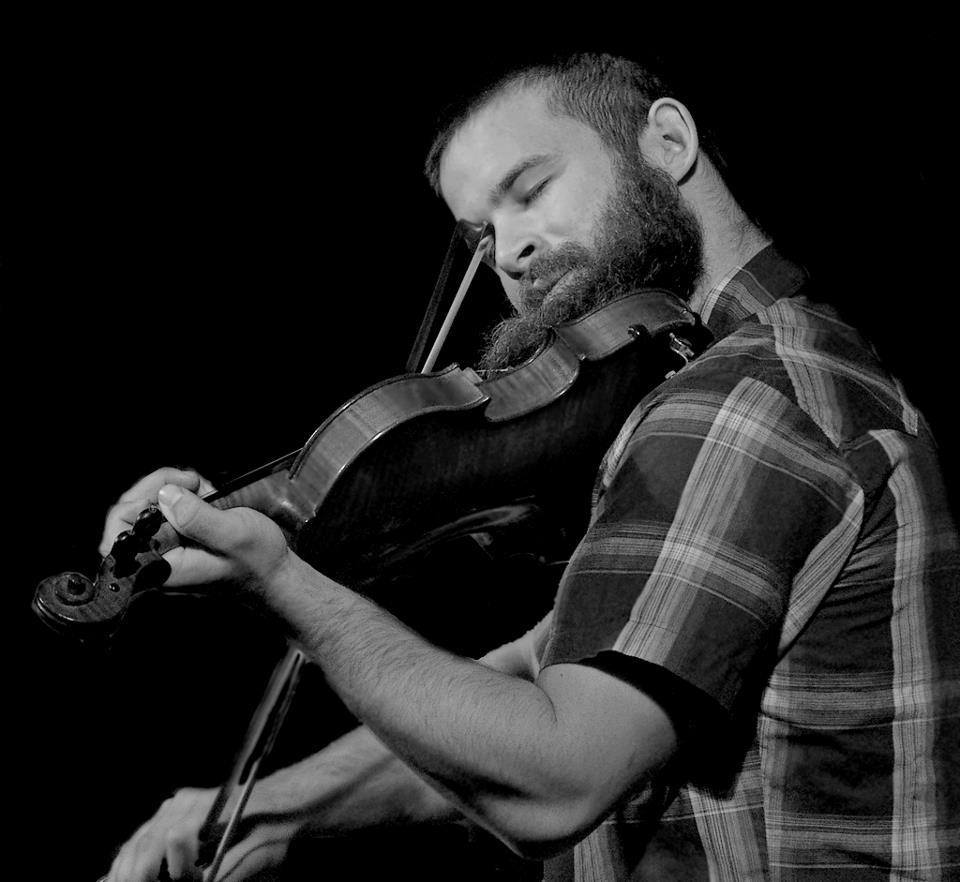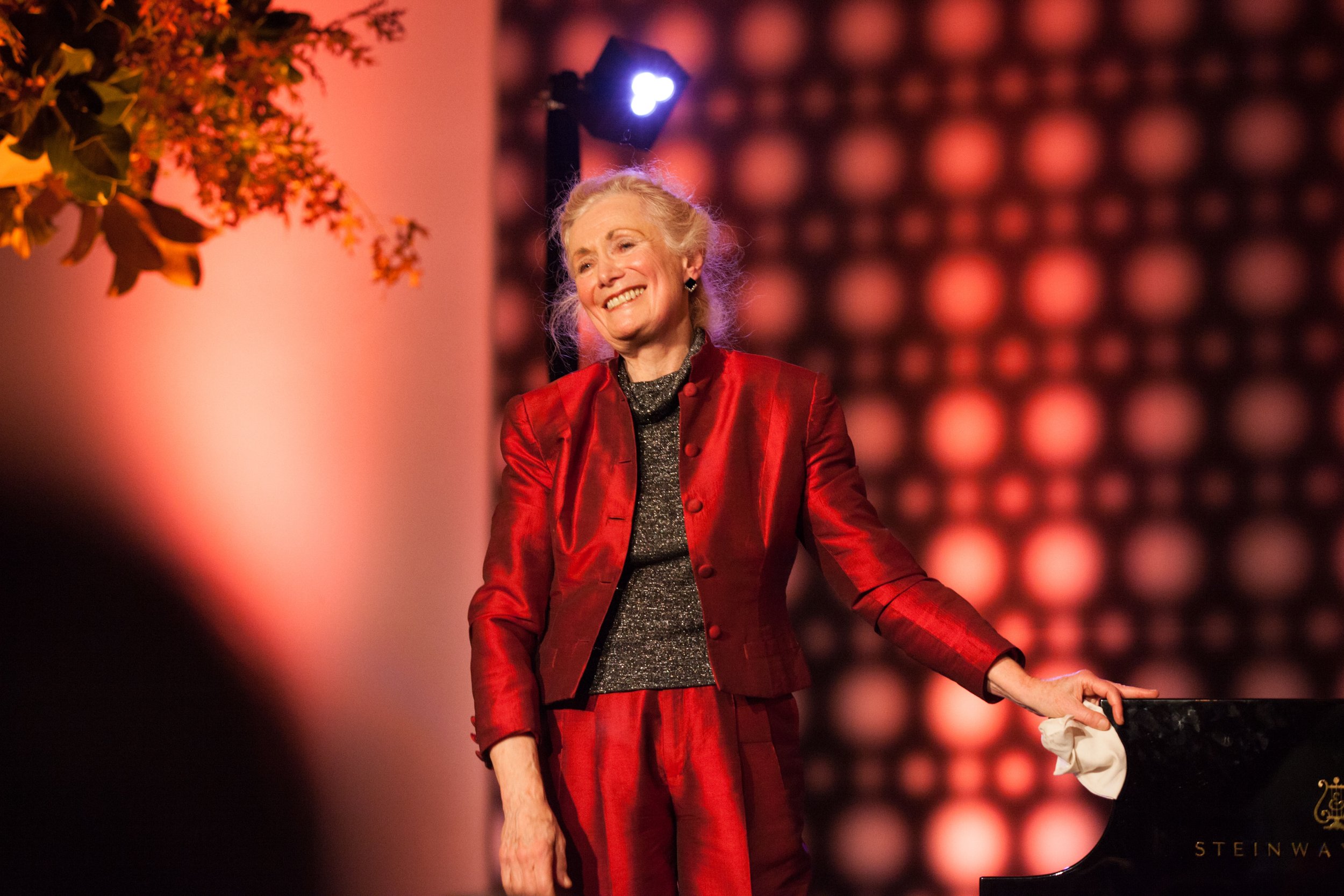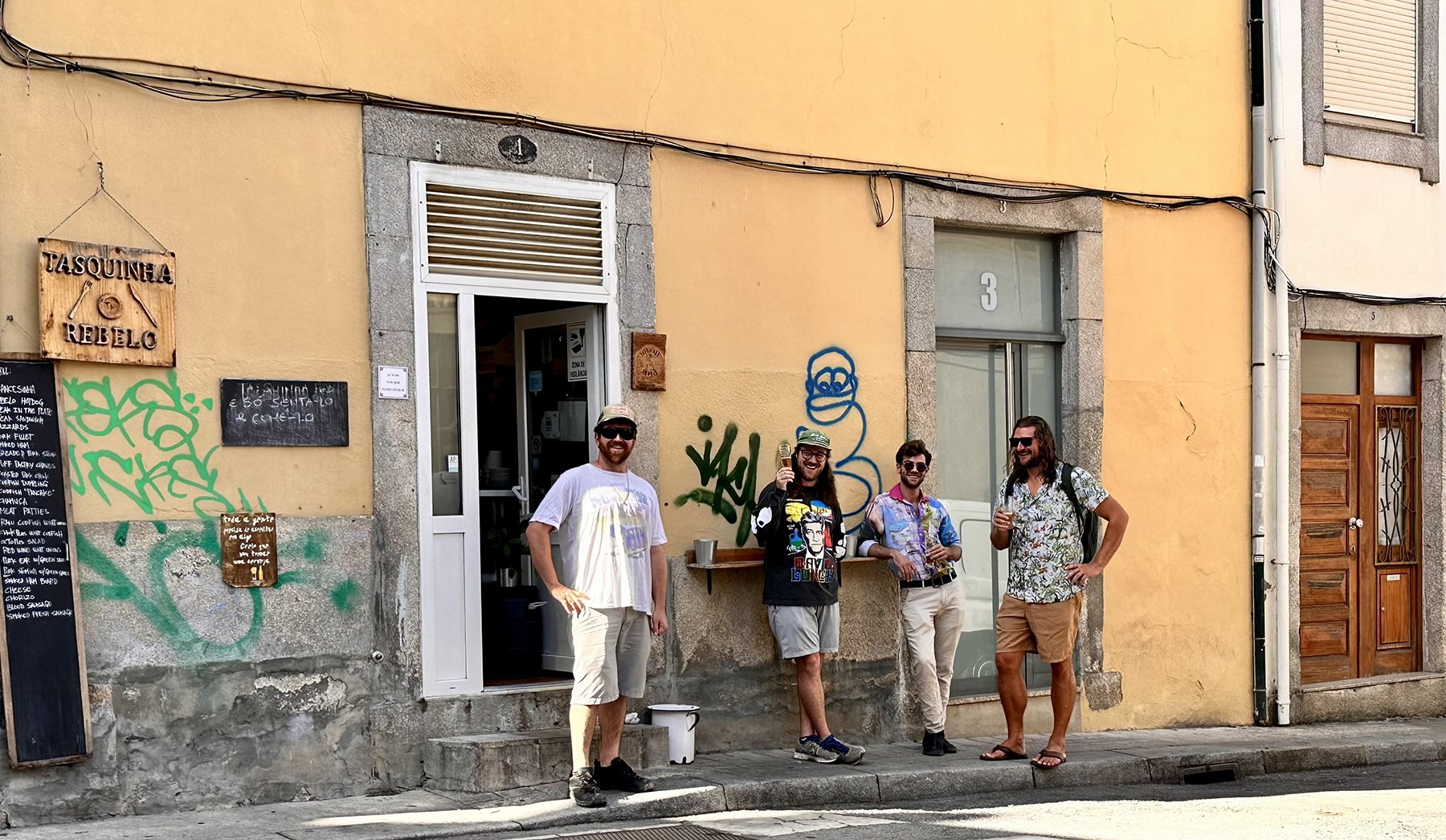Tradition Lives on at Cheat Mountain Club

BY DAVID SIBRAY
In the decades following the Civil War, the United States emerged as an industrial giant. Old industries expanded, and new ones, such as steel-making and automotive manufacturing, developed explosively, giving rise to a new class of American gentry—the Industrialists.
As did their counterparts before the war, these “Captains of Industry,” as they were popularly called, rejoiced in venturing into the countryside. But rather than hunt fox, they demanded more exciting quarry —bear, wolf, and mountain lion—and they were willing to venture far into harsh climates to take it. They sought adventure in the wilderness; and the more rugged the wilderness, the better. Mountainous regions became the domain not only of mountaineers and pioneer families, but of the adventurous wealthy. There they built hunting lodges and summer homes, some of which rivaled the finest European cottages. Hearty business leaders from New York City ventured into the Catskills and Adirondacks. Those from Philadelphia sought the Poconos, and from Pittsburgh, the Alleghenies.
Completed in 1887, the Cheat Mountain Club was among the most remote retreats built in the Alleghenies—a three-day journey by rail and wagon from Pittsburgh under the best conditions. Along the Shaver’s Fork of the Cheat River, it was built in primeval isolation among the highest peaks in the mountain chain. Here its developers raised a massive lodge. Harvested from virgin stands of spruce, its largest timbers extend laterally more than 60 feet across the front and exceed more than two feet in width.
The club was the brainchild of The Sportsman’s Association of Cheat Mountain, which acquired a 50-year lease on 50,000 acres on the fork south of the Stanton & Parkersburg Turnpike, a trans-Allegheny wagon road, now U.S. 250. Its incorporators were M.O. and Thomas A. Edwards and L.E. and M.W. Harrison. Two years later, in 1889, more than 150 members held stock in the club, and the greater part were from the Pittsburgh area.
The list of influential personalities who passed through its doors in the early years has been documented in large part by Carl Frischkorn, who in the 1970s rescued the building and developed the grounds. In his book The Cheat Mountain Club, published in 2007, he includes a detailed history of the organization and the surrounding mountains.
Frischkorn shares selections from members roster from 1889, which includes the names of many leading industrialists from the mountainous eastern U.S.—Henry Phipps, Henry Clay Frick, Stephen. B. Elkins, Henry Gassaway Davis, Richard B. and Andrew W. Mellon and C.C., W.B., and W.L. Scaife.
The club had gained a national reputation by the turn of the century, and in 1918 Henry Ford, Thomas Edison, and Harvey Firestone Jr. visited duringa promotional trip designed to encourage automobile vacationing. The visit confirmed the club as one of the nation’s most desirable retreats.
The taking of game was a rite of manhood and a privilege passed down from father to son, Frischkorn points out, and it was also likely a rite for young industrial executives. Many guests occupied themselves with fishing and hunting, most certainly to excess.
A good day of fishing “yielded something on the order of 80 to 100 trout per rod,” Frischkorn relates, calculating that ten anglers lodging at the club on 150 nights might take 52,500 fish out of the fork annually at that rate or 3,500 fish per mile. For this reason the association built ponds and hatcheries and began raising brown trout. The stream now supports about 500 fish per mile. Members also were also prohibited from taking more than six deer in any year and guests no more than three, though he suggest visitors did not follow their own rules when it came to game limits.
Evolution of Style
In the 1880s, when the club was being built, the concept of a rugged retreat for the wealthy was only just taking shape. Vacation retreats in America had been built on ornate and classically inspired models that had been employed in the design of mineral springs and seaside resorts. Examples abound in West Virginia at such places as Capon Springs, Berkeley Springs, and White Sulphur Springs where Greek motifs recall the glory of ancient baths. In these cases, architecture tended toward the airy and gilded, certainly because these retreats proffered an escape from oppressive summer heat.
Here in the mountains, however, snow may fall in summer, and heating, rather than cooling, is the principal concern through much of the year. The insulation inherent in solid hewn-log construction provided for warmth in winter months. As well, the construction materials were easily had. Logs were practically over-abundant in the mountain forests before railways had been built into the interiors.
But log construction offered more than utility. It also appealed to the sense of hardihood that inspired members and guests. Massive and rough-worked, the timber walls were not only practical, they seemed to disdain pleasantry. In most other cases, log buildings were covered in clapboard as soon as was possible, protecting the timbers from the elements as well as hiding the “uncouth” timber construction. Timber construction until this time had not been broadly appreciated by the affluent. But here the timbers remained proudly exposed for fifty years, until theproperty was purchased by the Western Maryland Railway in 1947.
Inside, the building originally consisted of one massive room, two-stories high, with many windows and a large hearth. High along the interior walls of the second story hung an encircling mezzanine filled with beds designed to accommodate 30 to 40 guests. A central cupola provided air circulation and allowed even more light to fill the interior. Its interior bathroom supplied with hot and cold water would certainly have been considered a luxury accommodation at most hunting camps. Through the years a two-story kitchen wing was added, but little else of the structure apparently changed.
When the Western Maryland acquired the club for use as a corporate retreat, it remodelled the structure to suit its needs, building-in a second floor with bedrooms, dividing the large, open first story into two smaller rooms—now a dining room and central lodge room. Notably on the exterior, the cupola was removed and the building was clad in brown clapboard.
In 1964, the railway sold the property to the Mower Lumber Company, and in 1987 the Mower interests sold the club and 196 acres to the Cheat Mountain Club Inc. The latter corporation had been established by Frischkorn, who, while acting as managing director of Mower, became enamoured of the property and sought to create a stewardship program to enhance and sustain it. Other initial shareholders included Rebecca Frischkorn, Robert Ludwig, Wade and Gina McClure, Patrick and Jessica Graney, and Ron Pearson and Beth High.
Cushman Furniture
Though many articles have been written about the club, few have touched on its collection of Cushman colonial furniture, which fills the main room, and which was purchased for the club by the Western Maryland during its ownership through the 1950s. In many senses it is a vital design element.
The groupings of Cushman chairs, tables, and sofas have been arranged to foster conversation, and despite the size of the room, which might otherwise be impersonally large, the arrangement infuses the space with intimacy. Though it may fill with guests, the arrangement and scale of the furniture work to promote personal interactions, and on any given evening several small groups may form despite an abundance of guests.
The collection borrows principally from the furniture manufacturer’s “colonial” line, which was produced throughout the early-to-mid-1900s. These principally wooden pieces draw on the smoothly worked curviliniar forms of French and American provincial traditions. The wood is traditionally blonde, which helps to lighten the large interior space.
Established in 1872 in Bennington, Vermont, the H.T. Cushman Manufacturing Company produced furniture that became popular throughout the U.S., though its colonial lines seems to have been its most popular and ideally suited to this lodging circumstance here. The scale of the room demanded formality, though its use required an informal durability.
Visiting the Club
Though it had long been operated as a private vacation residence for owners and their guests, the club may now be rented as a single unit by vacationers. Its 10 bedrooms sleep 24 guests comfortably. Rental rates are $950 per night or $5,700 per week in addition to other cooking and cleaning services provided for 1-to-10 or 11-to-24 guests.
Though its remote location was once a draw for guests, thanks to the developing highways system, it is now relatively convenient to most West Virginia cities though a seeming world-away—a drive of about two hours from Lewisburg and Morgantown and three hours from Charleston, Martinsburg, and Parkersburg. The facility is particularly well-adapted to use for family reunions, business retreats, and outdoor workshops.
Ron Pearson, one of the founding members of the Cheat Mountain Club Inc., says that more than ever the property is gaining ground as an accommodation. The completion of U.S. Highway 33 as an expressway between I-81 at Strasburg, Virginia, and I-79 at Weston, is boosting regional tourism and is sure to do so in future.
In recent years, a stay at the club has become an even less formalized affair. Early in the club’s transition to a rental facility, its hosts attempted to help coordinate recreational activities for guests; however, it soon grew apparent that guests were able to find their own fun in the mountain wonderland. In addition to fishing, hiking, biking, and hunting, the property is an hour’s drive north of the ski areas at Snowshoe and an hour-and-a-half south of those in the Canaan Valley. Fly-fishing and cross-country skiing continue to be two principal pastimes favored by guests.
According to Pearson, the property stays booked through much of the year, typically with guests who return year after year.
For more information on renting, call 304-456-4627 or visit the club website atwww.cheatmountainclub.com




